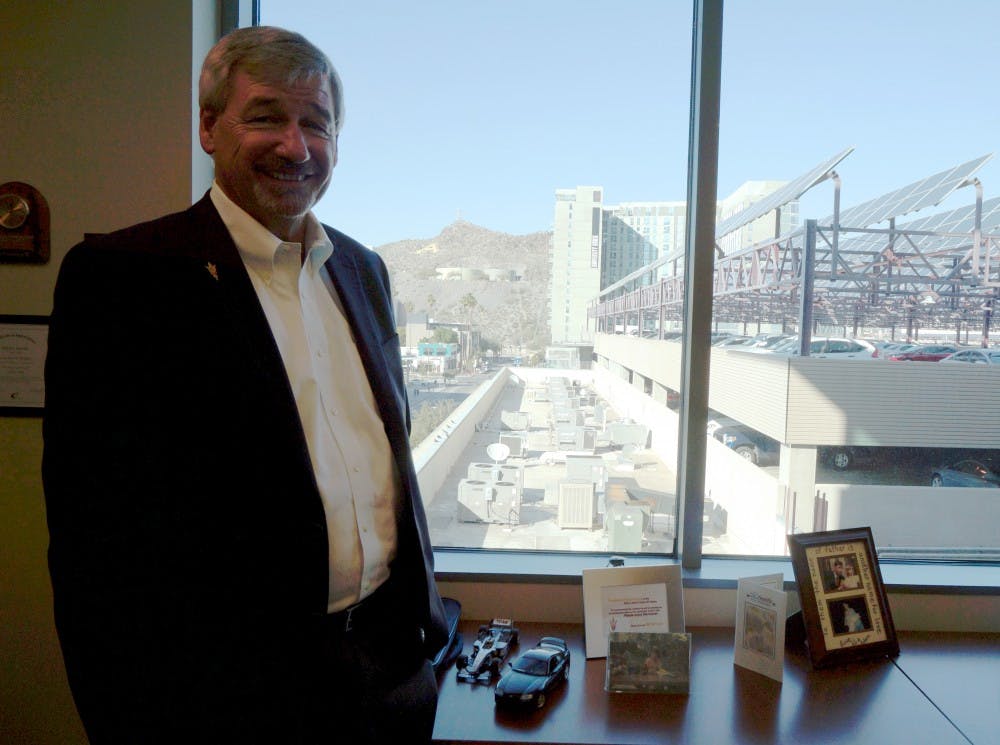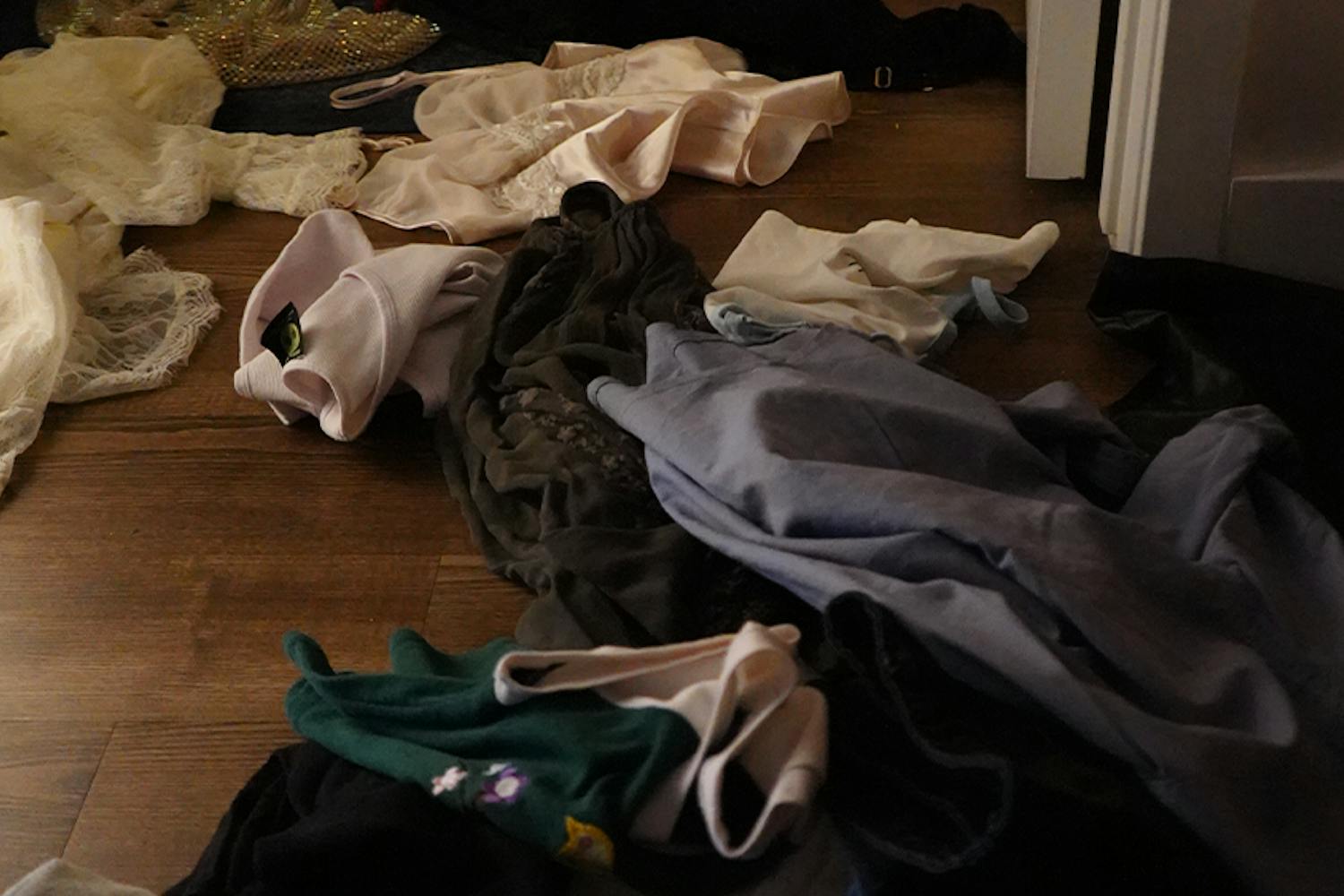With a constant goal of expansion, ASU is considered one of the largest public universities in the country with approximately 80,000 students that spread across five different campuses.
Not only has the University grown in population size in the last decade, but also geographically and technologically.
Rick Stanley, ASU’s senior vice president and university planner who pushed for the expansion of the Downtown Phoenix campus, said that growing solely in numbers has not been ASU’s main objective.
“What we have done in terms of expansion has not been as much to say ‘We need to be 10,000 students more than we were last year,’” Stanley said. “Instead what we do is we’ve maintained the same admission standards for years and years because we are out in the world encouraging as many students as possible to attend ASU.”
Rather than seeing the student population increase as just a number, Stanley sees it more as a responsibility that ASU must undertake.
“ASU has the largest student population in the state,” Stanley said. “If it does not have the capacity to grow that increasingly it won’t be able to serve the wide range of students that we are wanting to serve. We have taken on the responsibility of growing, so we can continue to serve.”
Geographically, ASU has expanded immensely. Nearly a decade ago, all of ASU students resided only on the Tempe campus Stanley said.
With five campuses currently, the constant expansion of facilities for students is necessary such as with the construction of the Student Pavilion, Biodesign Institute and Palo Verde Main, the new engineering dorms.
“Right now we are okay, but if we keep growing with the enrollment which we think we will see coming we will probably be needing to examine resident hall projects,” Stanley said. “Even with Biodesign C opening up in about a year and a half from now, I would guess that over the course of the next five years we will have continued pressure on the adequacy of our research labs.”
Even though student engagement between professors may be an obstacle due to the amount of students at ASU, Stanley said there hasn't been any decrease in student success rates in the past years since they have began pushing for rapid growth.
“From the expansion, graduation rates are substantially higher than where they were 10 or 15 years ago, first year retention rate it substantially higher, we have very good rate of placement of students in employment after the going to the institution,” Stanley said. “So it’s hard to say that size has been affecting the quality of the student experience.”
Civil engineering student Manny Cano has seen the immense number of students affect his classroom environment first hand.
“In terms of sheer interaction and classroom size, it is definitely a problem,” Cano said. “I have both sides of it because right now I have a 19-person class downtown and then I have a 200 (person) lecture in Tempe and it is totally different. I am much more engaged in the 19-person class rather than in the 200-person class.”
Ira A. Fulton Schools of Engineering Residential Colleges from ASU Housing on Vimeo.
Gordon Wishon, ASU’s Chief Information Officer, who focuses primarily on technological advancements for the University, has felt a responsibility to help the University continue to grow.
“Dr. Crow has put some pretty aggressive goals out that are for us, as leaders of the institution, to support the growth of enrollment,” Wishon said. “As he has currently established, those goals we still anticipate seeing our face-to-face student population growing by another 25,000 or so.”
Aside from expanding in terms of population, Wishon said ASU has been investing heavily on internet, media and social networks in order to provide a grand scale of electronic resources to students.
“Just this semester we surpassed 80,000 concurrent connections to our Wi-Fi network,” Wishon said. “So it is a constant challenge, and of course we have had very good support from the institution in terms of the budget.”
With so many students comes a huge technological strain on things such as Wi-Fi and signal connection. Cano, a current freshman, has encountered electronic mishaps during his first semester at college.
“In the Physical Science Centers, we definitely have problems accessing our chemistry tests online because they are just so many people just on one server,” Cano said.
ASU’s manner of expanding go well beyond accepting a few more students and building extra dorms. Rather, ASU has embarked on growing in areas that will expand students' experiences through diversity, technology and geography.
While Cano has mixed feelings on ASU's continual expansion, he believes the University can handle more growth.
"Facility wise, I think they can definitely handle the amount of kids that come in," Cano said. "And maybe they can even have some more."
Reach the reporter at mmbaiett@asu.edu or follow @marcellabaietto on Twitter.
Like The State Press on Facebook and follow @statepress on Twitter




